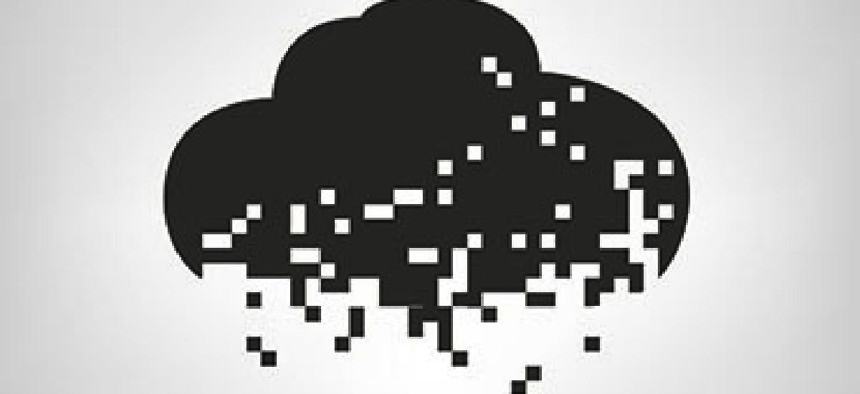Time to kill 'the cloud'

The technology itself is transformative, but Michael Garland argues that the term creates problems and confusion.

Let’s kill the cloud once and for all. The term, that is.
"Cloud" is essentially meaningless – a marketing distributed phrase that seems to engender the promise of restful satisfaction. Who doesn’t love a beautiful cumulus cloud floating serenely across the sky? If you have been around IT since the 1990s, you probably remember that in white-boarding sessions or in configuration diagrams, engineers would draw clouds to represent either the Internet or portions of the solution that need not be currently described. In other words, when you saw the image of a cloud, you knew that connections and services would be delivered there – but you were not to worry about it.
Today, that "don’t worry about it" mentality may be part of the very problem that makes cloud computing so hard for the government to purchase. In the FCW article "Taming the Wild West of Cloud Acquisition," ASI Government CEO Kymm McCabe and her colleagues reported that 64 percent of government respondents believed they lacked the technical expertise in cloud computing to effectively purchase it. Perhaps some government employees are in the same boat as my father, who recently asked me where the cloud was and could he possibly see it one day?
Given that "cloud" is a shorthand phrase to describe a variety of services, from a variety of providers, and that there is no one thing that is the definitive cloud, is it any wonder that federal workers may feel bewildered or intimidated?
Yet this is important stuff. Vivek Kundra, President Barack Obama’s first CIO, clearly stated in 2011 that the government should consider purchasing all future IT solutions through a "cloud first" computing strategy – and predicted that 25 percent of agencies' IT budgets, or $20 billion annually, could be spent on cloud projects.
Rather than letting the cloud obfuscation persist, it would be enlightening if the phraseology were more accurate or granular. The fundamental point of cloud computing is to take the capital expenditure and ownership of computer servers, storage and software away from the consumer. In this way, the agencies need not purchase expensive hardware and software, place it on their own premises and manage it until it is obsolete. They also need not worry about buying too much or too little. Instead, the core tenet is to let someone else own all the necessary components, on their premise, and to pay only for actual usage.
We already have a great consumer model for this – we call it a utility. You need not build your own power or water plant to get those essential services. You only need to pay for the electricity and water that you consume. For the sake of clarity, perhaps we should generically call all cloud computing solutions “utility computing.”
Not only would this help clarify what was being purchased, but it would lay the groundwork for the possibility of creating something helpfully analogous to FAR Part 41. That section, called Acquisition of Utility Services, is currently reserved for traditional utilities like water and gas. But there are valuable lessons that could be applied to the acquisition of utility computing.
NEXT STORY: Cloud computing under siege





